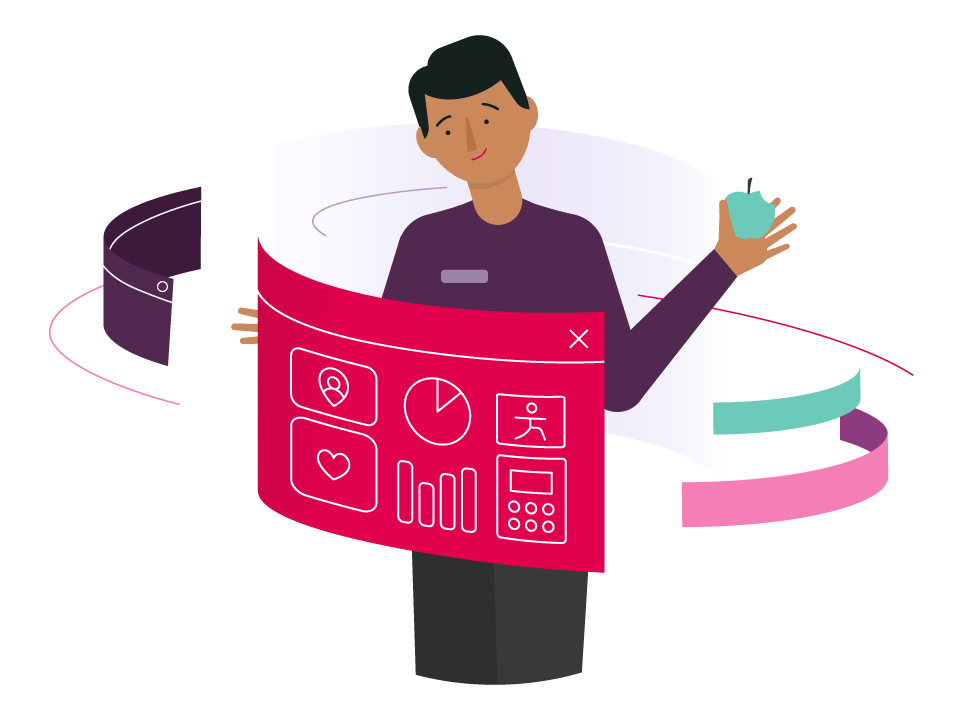If you’re having spinal or general anaesthetic, ask your gynaecologist if you can meet with your anaesthetist before the day of your procedure. This way you won’t be hurried or stressed, and can be involved in the planning.
Your anaesthetist is responsible for your anaesthesia and wellbeing during the procedure and any post-procedure pain relief.
Types of anaesthesia
Because a simple diagnostic hysteroscopy isn’t a painful procedure for most women, it may be an option to have it done in your doctor’s rooms, using only local anaesthetic to the cervix. However, if it is likely that you’ll be having an operative procedure, then your doctor will probably do it in a day surgery or hospital where spinal anaesthetic, general anaesthetic or sedation can be used.
Spinal anaesthetic
This is an injection of local anaesthetic into your back. It makes you go numb so you feel no pain during your operation, but you stay conscious. If you’re worried about being conscious during your procedure you can also have sedation.
General anaesthetic
With general anaesthetic you’ll be unconscious for your procedure and a tube will be inserted into your throat to help you breathe. If you’re overweight or obese, there are increased risks associated with general anaesthesia.
Sedation
Light sedation will make you feel relaxed while deeper sedation will most likely make you go to sleep so you’re unlikely to remember much or anything that happens during the procedure.
Print this page to take when you meet with your gynaecologist and anaesthetist, so you can make sure all your questions are answered.







